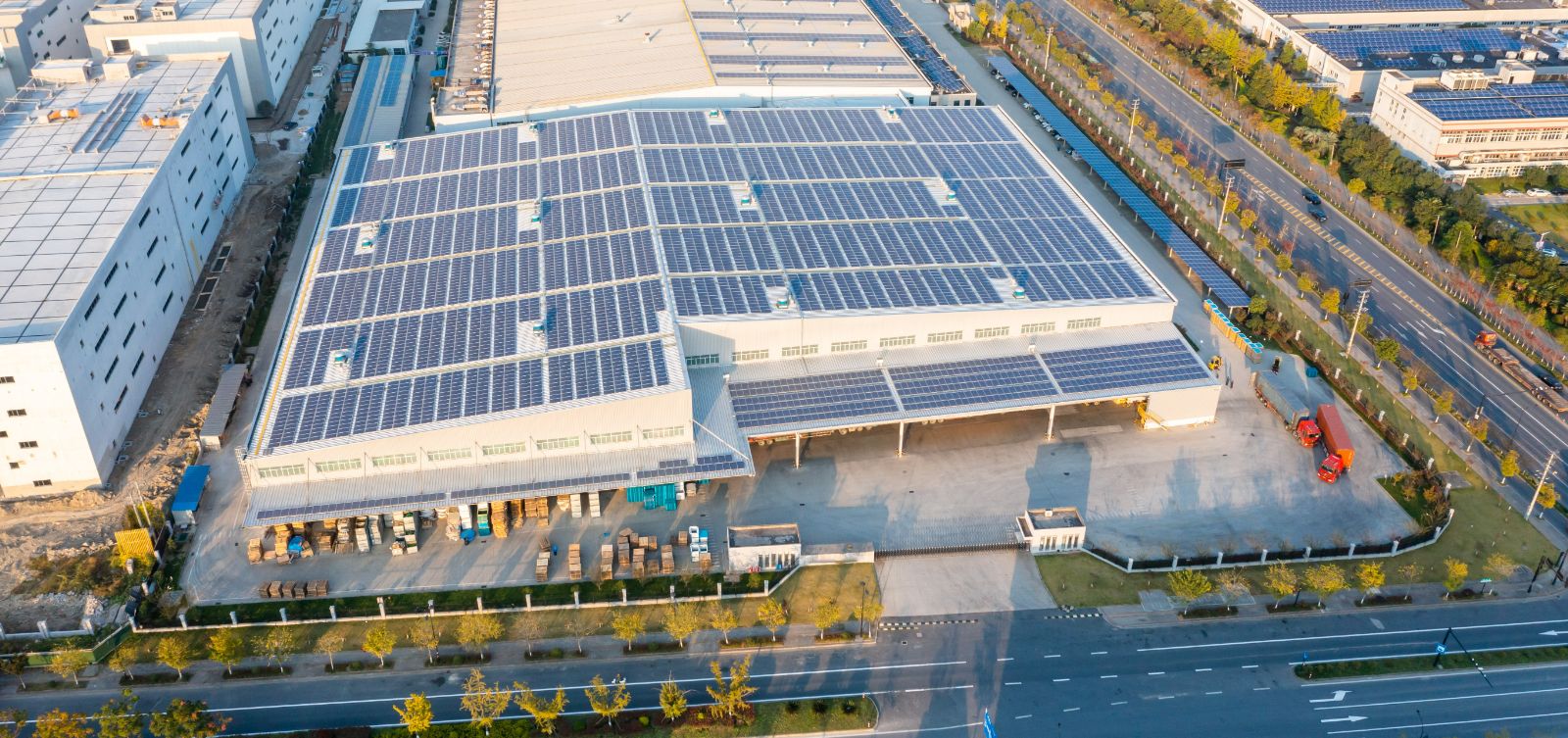1. What is a Battery Energy Storage System (BESS)?For many commercial and industrial businesses, electricity is not just about how much energy you consume, it’s about when you consume it. One of the biggest contributors to high electricity bills is the Maximum Demand (MD) charge, a fee based on the highest power drawn from the grid during peak times.
With the rise of solar PV systems and Battery Energy Storage Systems(BESS), companies now have smarter ways to reduce costs and manage energy efficiently. At the heart of every reliable BESS is the Battery Management System (BMS), which ensures safety, performance, and cost savings.
A Battery Energy Storage System (BESS) is a technology that stores energy for later use. When combined with a solar PV system, it allows businesses to:
- Store excess solar energy during the day.
- Discharge stored power during peak demand hours.
- Avoid costly spikes in grid consumption that trigger MD charges.
- Battery Pack – The core storage unit.
- Battery Management System (BMS) – A smart control system that monitors battery health, temperature, charging, and discharging cycles.
- Inverter/Converter – Converts energy between DC (batteries) and AC (usable electricity).
- Energy Management System (EMS) – Optimizes charging/discharging to minimize costs.
The BMS is the brain of a BESS. Its main functions are:
- Safety Control – Prevents overheating, overcharging, and deep discharging.
- Performance Optimization – Ensures batteries operate efficiently and extend their lifespan.
- Real-Time Monitoring – Tracks voltage, current, and temperature across all battery cells.
- Integration with Solar & EMS – Works with the solar inverter and EMS to decide when to store or release energy for maximum savings.
3. Understanding Maximum Demand Charges
Utilities impose MD charges on commercial users based on the highest electricity usage (kW) recorded during a billing cycle.
Example:
If a factory spikes consumption to 400 kW for just 20 minutes, the MD charge is calculated at that peak, regardless of average usage throughout the month.
This can lead to thousands in extra costs for businesses.
How BESS + BMS + Solar Reduces Maximum Demand
When solar PV is paired with BESS (controlled by BMS), businesses can manage their energy flow strategically:
- Peak Shaving – The BMS-controlled BESS discharges during peak demand, preventing costly spikes.
- Solar Optimization – Excess solar energy is stored instead of being exported to the grid at a low tariff.
- Load Shifting – BMS ensures batteries charge during off-peak hours and discharge during peak hours.
- Backup Power – Maintains critical operations during grid instability or blackouts.
Reduced MD Charges – Significant cost savings by controlling peak demand.
Improved ROI on Solar – Higher self-consumption and lower reliance on the grid.
Battery Safety & Longevity – BMS extends battery life by protecting against unsafe conditions.
Operational Reliability – Smooth, uninterrupted power supply.
Sustainability & ESG Compliance – Demonstrates commitment to green energy.
5. Case Example: Factory (Hypothetical)
Given Data
- Monthly energy use: 25,000 kWh
- MD: 1,000 kW
- Tariffs:
• Energy charge = RM 0.2983/kWh
• MD charge = RM 89.27/kW
• Retail charge = RM 200/month
• KWTBB = 1.6% of subtotal (Energy + MD + Retail)
- MD: 1,000 → 500 kW
- Energy: 25,000 → 12,500 kWh
- MD = 1,000 × 89.27 = RM 89,270.00
- Energy = 25,000 × 0.2983 = RM 7,457.50
- Retail = RM 200.00
KWTBB = 1.6% × 96,927.50 = RM 1,550.84
Total BEFORE = RM 98,478.34 / month
b) AFTER (With Solar System, BESS & BMS)
- MD = 500 × 89.27 = RM 44,635.00
- Energy = 12,500 × 0.2983 = RM 3,728.75
- Retail = RM 200.00
KWTBB = 1.6% × 48,563.75 = RM 777.02
Total AFTER = RM 49,340.77 / month
c) Savings
- Monthly Savings = RM 98,478.34 − RM 49,340.77 = RM 49,137.57
- Annual Savings ≈ RM 589,650.84
- MD Portion Alone = RM 44,635.00 saved every month
BESS Requirement (To reduce 500 kW from MD)
- Discharge power ≥ 500 kW
- Usable energy (30 min) = 500 × 0.5 = 250 kWh
- With efficiency margin → ~300 kWh BESS (usable)
Solar PV Requirement
To offset 12,500 kWh/month:
- Daily offset = 12,500 ÷ 30 = 417 kWh/day
- At 3.7 peak sun hours/day → Required capacity = 417 ÷ 3.7 = 113 kWp
The BMS ensures that batteries handle these large-scale operations safely, preventing overuse and maximizing performance.
6. Conclusion
A Battery Energy Storage System (BESS), when paired with solar PV, is one of the most powerful tools for businesses to reduce Maximum Demand charges and achieve long-term energy savings. At the core of this system, the Battery Management System (BMS) ensures that the batteries operate safely, efficiently, and reliably making it a smart investment for any commercial or industrial facility.
Businesses looking to invest in solar should also consider BESS with a reliable BMS to maximize returns, ensure safety, and future-proof their energy needs.
Why Choose Us?
Proven Experience – 10+ years in solar PV and energy solutions
End-to-End Services – From design, installation, and financing to after-sales support
Customized Solutions – Tailored to your factory’s actual load profile and business needs
Certified Expertise – SEDA & Suruhanjaya Tenaga registered, ensuring compliance & safety
Contact Us Today for a free consultation on how Solar + BESS can cut your factory’s bills in half.











